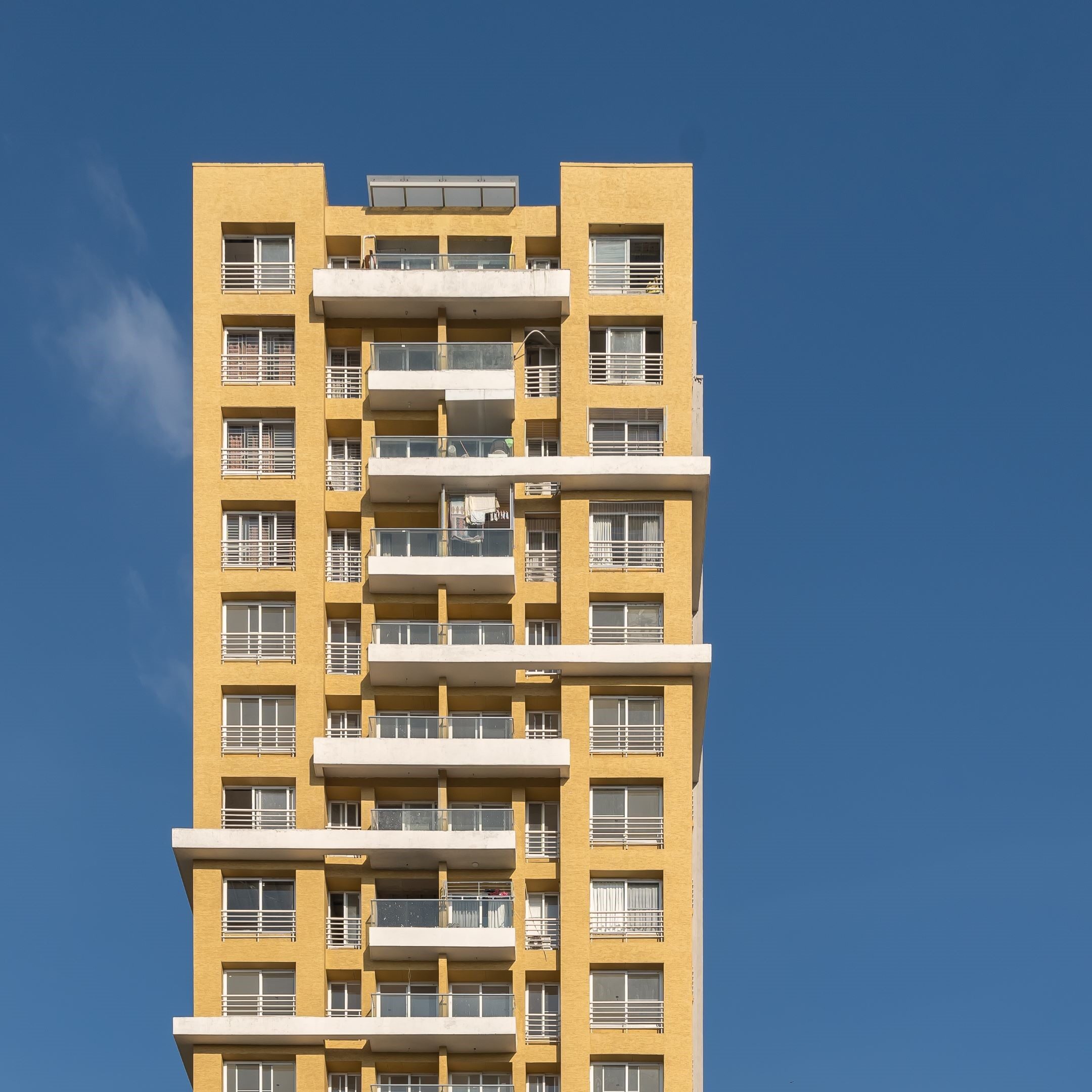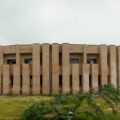Urbanization is rapidly shaping the face of commercial real estate in India, allowing an opportunity to create a better future for the upcoming generations. Demand for an urban lifestyle and lack of space for low-rise residential development in the city center’s is making high-rise buildings a necessity rather than a luxury. With an average density of 6.44% of Tamil Nadu (Census 2011), the social fabric of Chennai is primarily defined by its enriched culture and diversity and is known for its Warm and humid climate. The district city is one of the four metropolises of India, accumulating 11.5 Million (1.15 Cr) of the Indian population, making Chennai the fourth largest urban agglomeration city in India, the 22nd most in Asia, and the 30th largest city in the World.
Industrialization has led to the migration of citizens from rural areas to urban locations in search of employment, resulting in modern urbanization. This sudden change from villages to cities and shift from agricultural occupations to trade and business reimburses the ideology of going ‘High-Rise.’ Alongside, essential measures must be taken into consideration by collaboration of Government Authorities, Architects, Urban Planners, Real estate developers, and builders of Chennai to develop conscious design rules and regulations in urban cities that can lead to a sustainable lifestyle when implemented in vertical living.

As per the prevailing norms in Chennai, going vertical creates large open spaces (Setbacks) around the building. Reducing the Ground coverage retains the maximum of mother earth undisturbed. These undisturbed land parcels can be used for creating green spaces and recreational spaces developing the communal interactions. Providing sizable balconies and open areas within the residential towers enhance the vertical living experience in housing. Such interactive spaces define the social fabric and engender an active social life for the residents. Multifunctional purposes can be achieved by reusing refuge floors as green spaces and creating niches in the structures for recreational purposes for the residents.

Implementing new technologies such as pre-engineered building technology is also gaining momentum in the commercial segment, enabling larger spans and flexibility and improving the quality and nature of the construction processes. This technology reduces the Waste generation and Time duration of the project. While going vertical, this can save a large number of raw materials required for construction by reducing the waste.
Studies worldwide have shown that denser cities produce a lower per capita energy demand because the infrastructure load is shared among larger masses than less densely populated areas. This indicates that India’s urbanization has the potential to help rather than hinder the efforts to cut carbon emissions in terms of Infrastructure energy demand. The rhythm between high-rise designs, practical space planning, and a conducive environment is crucial for setting up newer benchmarks. Conceding that green development is catered and resourced by the developers and realtors of Chennai to the populace with adequate infrastructure, the vertical living model has massive potential to reduce the per-capita carbon footprint and bring about a revolution in the Indian real estate industry.
Related Categories:
Learning




